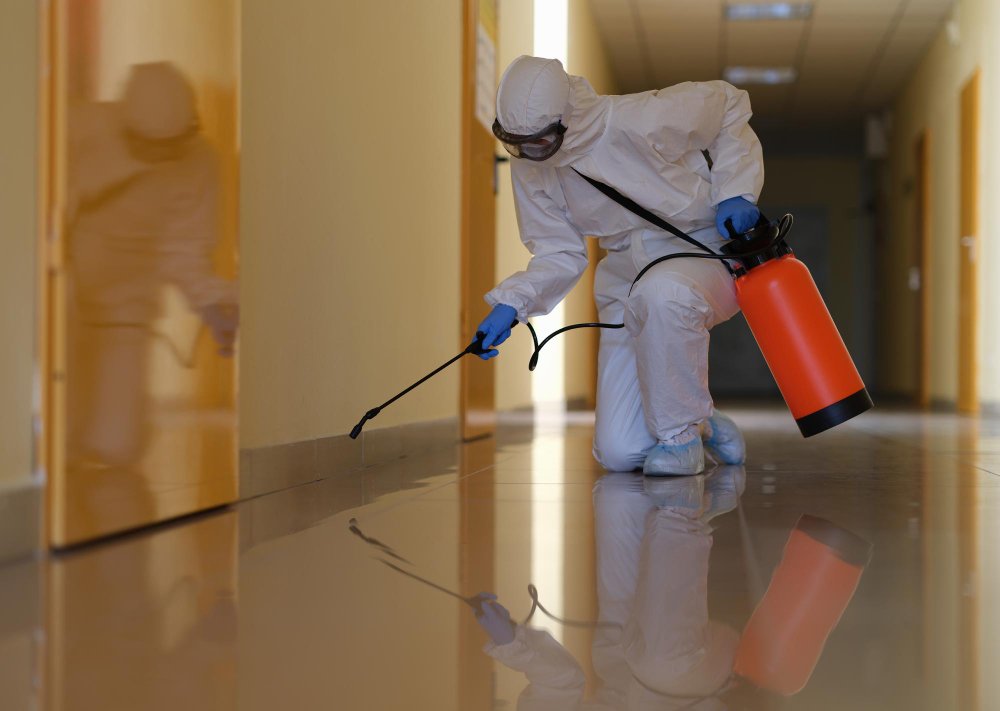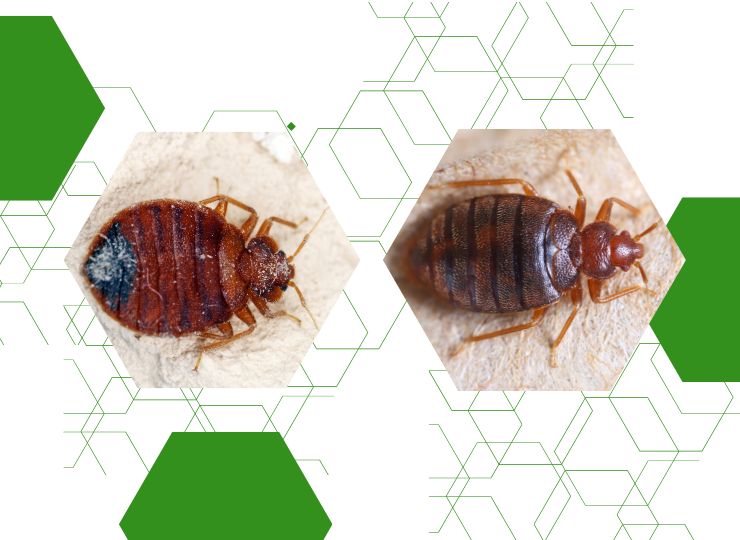Trusted Exterminator Arlington VA: Fast and Reliable Pest Control Services
Wiki Article
Get Educated Concerning the Kinds Of Pest Control Methods and Their Benefits for Home Owners
Recognizing the different bug control techniques offered to homeowners is essential for effective pest management. From chemical and biological techniques to mechanical and social practices, each approach provides unique benefits that can substantially influence both wellness and ecological safety and security. Homeowners who are well-informed can make strategic choices that not only address insect problems but also enhance the overall quality of their living setting. As we discover these approaches even more, it ends up being clear that the decision-making procedure involves greater than simply instant outcomes; it discuss long-lasting sustainability and health. What variables should influence these vital choices?Chemical Pest Control Techniques
Chemical pest control methods are a crucial element of incorporated bug monitoring techniques for homeowners seeking effective remedies to pest infestations. These approaches entail the application of chemical substances created to get rid of or deter bugs that endanger personal effects, wellness, and convenience. Usual chemicals made use of include pesticides, rodenticides, herbicides, and fungicides, each customized to target specific insects.The key benefit of chemical insect control is its quick effectiveness; several formulations provide immediate results, reducing pest populations considerably in a short time. In addition, developments in chemical formulas have caused products that are extra eco-friendly and have reduced toxicity levels for non-target microorganisms when applied properly.

Biological Insect Control Techniques
All-natural bug control techniques have acquired prestige as home owners look for much safer and a lot more sustainable options to conventional chemical methods. Organic pest control methods utilize all-natural predators, parasites, or microorganisms to handle bug populaces properly. This technique is not only environmentally pleasant yet likewise minimizes the threat of injury to non-target varieties, including valuable pests and wildlife.One of the most common organic control methods includes presenting all-natural killers right into the atmosphere. Ladybugs can be used to control aphid populations, while nematodes target soil-dwelling pests like grubs. In addition, parasitoids-- microorganisms that reside on or within a host-- can be used to control particular pest types by laying eggs inside them, eventually resulting in their death.
Another technique is using biopesticides, which are stemmed from all-natural materials such as minerals, bacteria, or plants (bed bug exterminator). These items can successfully target insects while presenting marginal risk to humans and family pets. Generally, biological bug control techniques supply homeowners with a reliable means of parasite administration that lines up with ecological concepts, advertising a healthier living setting while lowering reliance on artificial chemicals
Mechanical Insect Control Strategies
Mechanical parasite control techniques incorporate a variety of techniques that physically stop or remove insects without using chemicals. These strategies are especially beneficial for house owners looking for eco-friendly choices while making sure the safety of their living areas.One usual method is making use of obstacles, such as traps, displays, and webs, which prevent bugs from entering homes or specific areas. For example, installing home window displays can successfully keep pests out, while using physical obstacles around gardens can prevent larger pests like bunnies or deer. Furthermore, mechanical catches made for rats can record and get rid of these bugs without the need for hazardous substances.
One more reliable approach entails making use of brooms and vacuum cleaners to remove parasites straight from surfaces. Regular cleansing and maintenance can substantially decrease bug populaces by removing food sources and hiding areas. Using devices like ultrasonic parasite repellents can discourage various pests through sound waves that are unpleasant to them yet inaudible to humans.
Cultural Insect Control Practices
Cultural bug control techniques concentrate on modifying the atmosphere and administration techniques to develop conditions that are much less favorable to pest invasions. These methods are basic in preserving a well balanced community and minimizing the dependence on chemical treatments. By changing farming practices, home owners can efficiently hinder pests while promoting plant health and wellness.One common technique consists of plant turning, which interferes with the life cycles of parasites by altering the sorts of plants expanded in a details area (bed bug exterminator). This not just lessens pest populaces however also boosts dirt wellness. Additionally, intercropping-- planting diverse crops in proximity-- can puzzle parasites and lower their capability to locate their recommended host plants
Water management is an additional crucial aspect of social practices. Appropriate irrigation techniques can protect against standing water, which works as a reproduction ground for mosquitoes and various other parasites. Keeping tidiness in and around the home, such as regularly getting rid of particles and food waste, can dramatically reduce bug tourist attraction.
Integrating these social techniques into a detailed insect management technique enables house owners to develop an atmosphere that normally discourages parasites, consequently boosting the performance of various other control approaches while advertising sustainable horticulture and landscaping.

Integrated Pest Management Approaches
Integrated Parasite Administration (IPM) stands for an all natural strategy that combines various techniques to properly take care of parasite populations while minimizing environmental influence. This methodology integrates organic, social, physical, and chemical methods to attain lasting bug control. By analyzing pest populaces and their natural opponents, IPM emphasizes monitoring and identifying bugs prior to carrying out control procedures.One of the core concepts of IPM is using limits, which develop the degree of pest task that calls for intervention. This makes sure that treatments are used only when required, lowering the reliance on chemical pesticides. Organic control techniques, such as introducing natural killers or bloodsuckers, job in combination with social techniques like plant rotation and environment manipulation to interfere with pest life cycles.
Moreover, IPM motivates the use of least-toxic chemical options when intervention is needed, focusing on items that present very little danger to non-target organisms and the setting. For homeowners, adopting IPM approaches not just enhances the efficiency of insect administration but additionally promotes a healthier living environment, cultivating biodiversity and decreasing chemical exposure. Eventually, IPM empowers home owners to make educated decisions that balance parasite control with environmental obligation.
Final Thought
In verdict, recognizing the bed bug bites various bug control techniques equips house owners to make informed decisions concerning pest administration. Each technique-- chemical, organic, mechanical, cultural, and incorporated parasite monitoring-- uses unique advantages that cater to various needs and choices.Comprehending the various pest control approaches readily available to home owners is important for effective insect management.Chemical bug control approaches are a crucial part of incorporated pest administration approaches for property owners seeking reliable options to pest problems. In general, organic parasite control techniques offer property owners with a reliable means of pest administration that lines up with eco-friendly principles, advertising a much healthier living atmosphere while lowering dependence on artificial chemicals.
Social bug control methods concentrate on customizing the environment and management techniques to create problems that are less favorable to pest infestations.In final thought, comprehending the various bug control techniques empowers homeowners to make educated decisions relating to pest management.
Report this wiki page